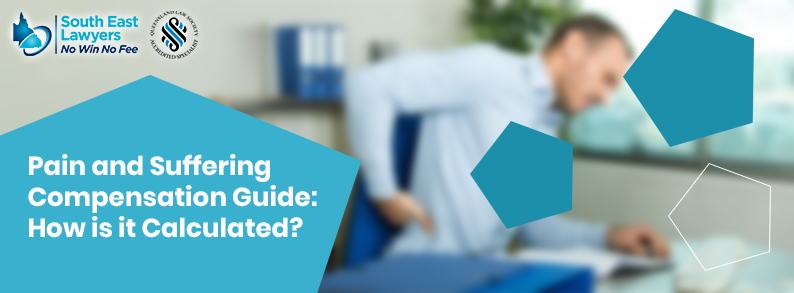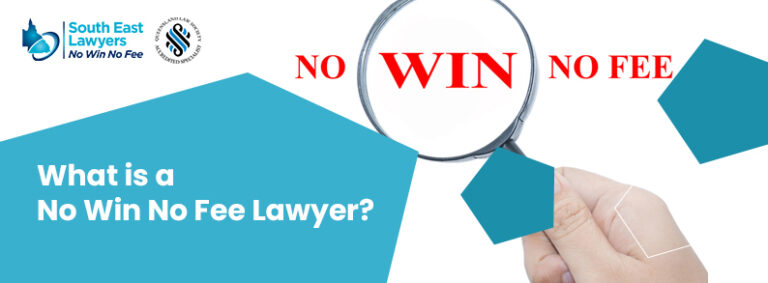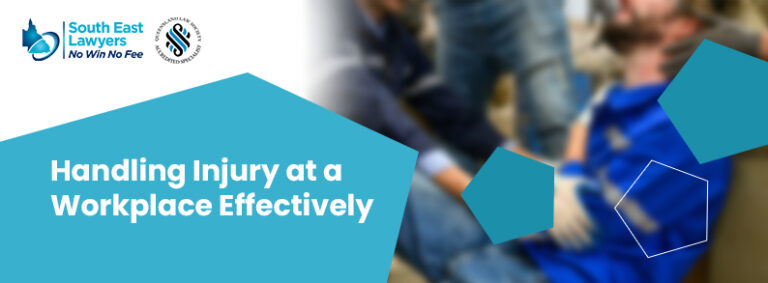If you’re thinking of or you’re in the process of making a personal injury claim, one crucial component of your claim that must be considered is pain and suffering. It’s one of the damages that you can get compensated for, especially if you’re a retiree, unemployed, or just a student who cannot claim salary losses.
In this piece, we’ll dive into pain and suffering compensation and tell you how we can help you get fair compensation for your pain and suffering.
What is pain and suffering in personal injury law?
Pain and suffering, also called general damages or non-economic loss, refers to the physical and emotional distress experienced by an individual as a result of an accident or injury caused by someone else’s negligence or wrongdoing.
Imagine you’re shopping at a supermarket, and you slip on a wet floor that wasn’t properly marked. You sustain a fractured wrist and ankle, requiring surgery and ongoing physical therapy. The pain and suffering compensation in this case is the immediate physical pain, the discomfort during recovery, and any lasting effects on your mobility and quality of life.
Aside from slip and fall accidents, you may be entitled to seek compensation for pain and suffering in other cases like motor vehicle accident claims, other public liability claims and workers’ compensation claims.
2 Types of Pain and Suffering
Pain and suffering can be categorised into two main types:
Physical Pain and Suffering
This refers to the actual physical discomfort, pain, and limitations that you experience as a result of your injuries. It includes bodily pain, aches, and any discomfort caused by the injury itself and the subsequent medical treatment:
- Fractured Bone
- Burn Injuries
- Spinal Cord Injury
- Soft Tissue Injuries
- Chronic Back Pain
- Post-Surgery Discomfort and more
This type of pain and suffering can encompass both immediate pain and ongoing discomfort that might persist during recovery or throughout your life.
Emotional and Mental Pain and Suffering
Emotional and mental pain and suffering refer to the psychological and emotional distress you go through due to the accident or injury. This can include:
- Anxiety
- Depression
- Stress
- Fear
- Trauma
Emotional pain and suffering can also involve the loss of enjoyment of life, the impact on your mental well-being, and the emotional toll of adapting to changes brought about by the injury.
Both physical and emotional pain and suffering are considered when calculating compensation in a personal injury claim. It’s important to document and communicate both aspects effectively so that you may receive appropriate compensation for the overall impact of the injury on your life.
How is pain and suffering compensation calculated in Australia?
Pain and suffering compensation is calculated in Australia by comparing the impact of your injury to the most extreme cases (MEC), which are the worst possible scenarios.
Most extreme cases may include someone who’s paralysed from the neck down or has significant brain damage. These extreme cases are used as a reference point to figure out how much compensation is fair for someone with a less severe injury.
However, there’s no exact formula for how much compensation you’ll get for pain and suffering because it will ultimately depend on how bad your injury is, what kind it is, and how it affects your life.
What is the average payout for a pain and suffering claim in Australia?
Average payouts can vary widely depending on the nature and severity of the injury and the specific circumstances. The most you can get for pain and suffering compensation right now is $705,000, which is the amount reserved for the most extreme cases (MEC) that involve brain damage and other extremely severe injuries.
Here’s a quick overview of how much compensation for pain and suffering you may receive based on the comparison of your injuries against the most extreme cases:
| % of Most Extreme Cases | Compensation |
| 1 – 14% | No entitlement |
| 15 – 20% | $7,000 – $24,500 |
| 21 – 30% | $28,000 – $162,000 |
| 31 – 40% | $183,500 – $282, 000 |
| 41 – 50% | $289, 000 – $352,500 |
| 51 – 60% | $359,500 – $423, 000 |
| 61 – 70% | $430, 000 – $493, 500 |
| 71 – 80% | $500, 500 – $564, 000 |
| 81 – 90% | $571, 000 – $634, 500 |
| 91 – 100% | $641, 500 – $705,000 |
Keep in mind that these are all just ballpark figures. For a more accurate understanding of what you might expect in terms of compensation, speak with our personal injury lawyers. We can provide you with personalised advice and help you understand what compensation you are entitled to pursue.
How to make a pain and suffering compensation claim
Generally, pain and suffering payouts are already included in a lump sum that you may receive from your motor vehicle accident claims, public liability claims or workers’ compensation claims.
So, they’re lodged alongside other claims but are calculated separately to take account of all the unique pain and suffering you may be experiencing.
Don’t forget to collect all relevant documents, including medical records, accident reports, witness statements, and any other evidence that can support your claim. These documents will help build a strong case for your compensation and can help increase your pain and suffering payout.
How we can help you get a pain and suffering compensation
As your personal injury lawyers, our goal is to help you secure fair compensation for your pain and suffering. Let us handle all the legal work so you can focus on your recovery and well-being.
Here’s how we can assist you throughout the process:
- We’ll review your case, look at how bad your injuries are, and how they’ve affected your life. This will help us see how strong your claim for pain and suffering compensation is.
- We’ll also work closely with you to figure out how much money is suitable for your pain and suffering. We’ll seek expert opinions and look at other similar cases and your situation to get it right.
- We’ll help you gather all the essential evidence like medical papers, reports about the accident, what witnesses saw, and what experts think to build a strong case.
- We’ll negotiate with the other party’s insurance company or lawyers to make a deal that’s fair for you. We’ll push to get you as much compensation as you should get.
- If we can’t settle, we’ll take your side to court. We’ll fight for you there and make sure you get the money you deserve for how your injuries have affected you.
Contact South East Injury Lawyers today for a FREE case review!






